This sublime destination has become synonymous with sophistication with its incredible selection of Turks and Caicos Villas and beauty all wrapped up in a most natural setting. Let’s look at Turks and Caicos history. We learn a great deal about modern TCI (Turks and Caicos Islands) from its diverse history. Understanding the past, makes the present even more enticing and alluring.
The first question that everyone asks: Is Turks and Caicos part of The Bahamas? Well, TCI does lie southeast of The Bahamas and is part of the Lucayan Archipelago situated in the Atlantic. It sits north of Hispaniola and the other islands that make up the Antilles Archipelago. It is not part of the Bahamas though. Historically, the Grand Turk History shows it was governed indirectly from The Bahamas but since 1973, the same year The Bahamas gained independence, TCI became a British Overseas Territory with its own Governor.
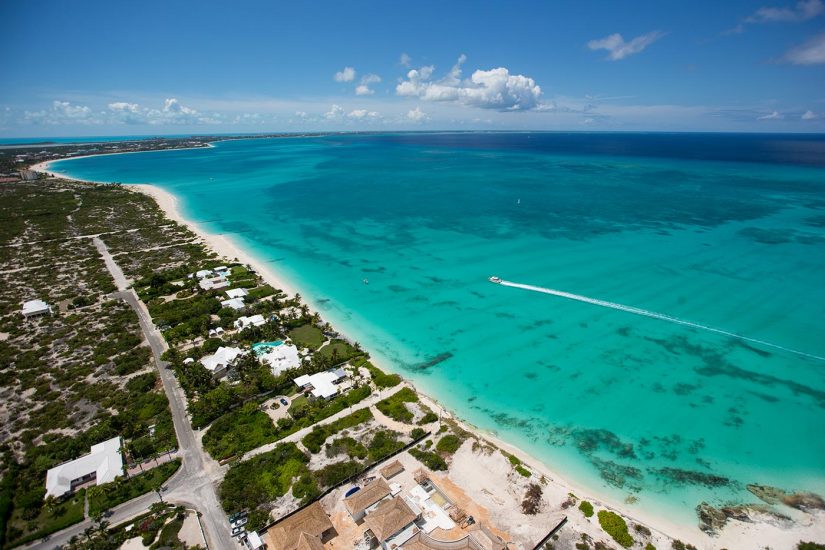
What’s in a Name?
The second question on everyone’s lips is always about the Turks and Caicos name. Like a great number of islands in this part of the world, the name is derived from the dialect of the Arawakan speaking Taino Indians. These Indians, who migrated from South America and settled in Jamaica, Barbados, Haiti and other Caribbean islands, made their way to TCI and established the first known settlements around the year 500AD.
Overtime, these Taino Indians became the Lucayan Indians and it is from their dialect that the term ‘Caya Hico’ is taken. This evolved into ‘Caicos’ and means String of Islands. When you visit TCI, you instantly understand how appropriate a name this is as the archipelago is made up of 8 major islands with up to 200 smaller ones, some no larger than a grassy rock! The name ‘Turks’ is believed to derive from the profusion of Turk’s cap cacti that are found around the islands. The Turks Cactus is an extraordinary plant with the a round structure of a typical prickly cactus topped with a funny red fez-shaped protrusion on top.
Enter the Conquistadors into Turks and Caicos History
The Taino Indians on TCI enjoyed a peaceful existence, at one with their natural environment, for many centuries. All of this changed in 1512 with the arrival of the Spanish. As Columbus and the Conquistadores ploughed a path across the Caribbean, their arrival on TCI heralded the end of the ancient pre-Colombian world of these glorious islands. Within one year of Conquistador Juan Ponce de Leon documented arrival on TCI, the entire chain of islands was depopulated. The Taino / Lucayan Indians had either died from European diseases like small pox and measles for which they had no natural immunity or were enslaved and moved to other Spanish colonies around the Caribbean or brought back to Spain.
The gentle welcome given by these kindly natives to the marauding conquerors makes their chapter in history even more upsetting. A race devoted to an agrarian society/way of life, they cultivated sweet potatoes, maize, yucca and other crops. They worked in harmony with the seasons and the phases of the moon. To the invading Spanish they seemed like savages as Columbus described them as ‘naked as the day they were born’.
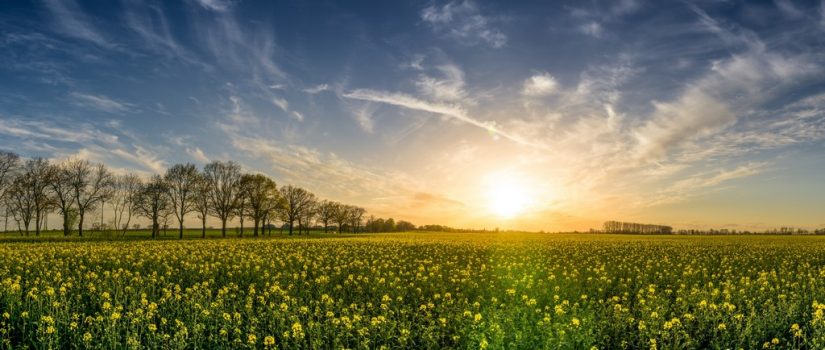
In an excellent article by the Smithsonian, they have taken excerpts from Columbus’s letters that explain the overly generous natures of these people:
“They will give all that they do possess for anything that is given to them, exchanging things even for bits of broken crockery …. They were very well built, with very handsome bodies and very good faces …. They do not carry arms or know them …. They should be good servants.”
Clearly it was this gentleness and natural courtesy that was ultimately their undoing. By the time relations with the Conquistadores had irretrievably broken down, they had no knowledge of warfare or weaponry with which to defend themselves from an aggressive and unscrupulous invader.
Calm after the Spanish Storm
Turks and Caicos history and culture runs into a bit of a cul de sac at this stage. Although the islands were under the control of Spain they contained no natural resources like gold or silver that would entice the invaders to establish formal settlements. Over the following number of decades, these islands transferred in ownership from Spanish to French to English control. Essentially, the islands were paltry pawns in the game of New World domination.
It wasn’t until 1680 that a group of intrepid Bahamians established a settlement on TCI where they collected salt, a valuable commodity. This product was the primary method for preserving fish and meat in a time before refrigeration. In the large fishing communities of North America there was a ready market for salt and the Turks and Caicos islands became a rather isolated outpost with a small settlement all centred on the production and export of salt.
Pirates of the Caribbean – the real ones!
On a more interesting note, the prime location of TCI at the gateway to the Atlantic trade routes, made the harbour in Grand Turk an excellent place for pirates, such as Francois L’olonnais, to weigh anchor in between raids on the Spanish and English ships. A certain lawless or entrepreneurial, if you prefer, attitude meant that fortunes could be made by enterprising privateers. Any worthy sailor with a good understanding of the prevailing weather conditions could nip in and out of the natural safe harbour of Grand Turk and make substantial profits in spectacular style. The pirate ships were small and fast and perfectly suited to take refuge around the coastlines of TCI. The pursuing larger Navy galleons couldn’t enter such shallow waters.
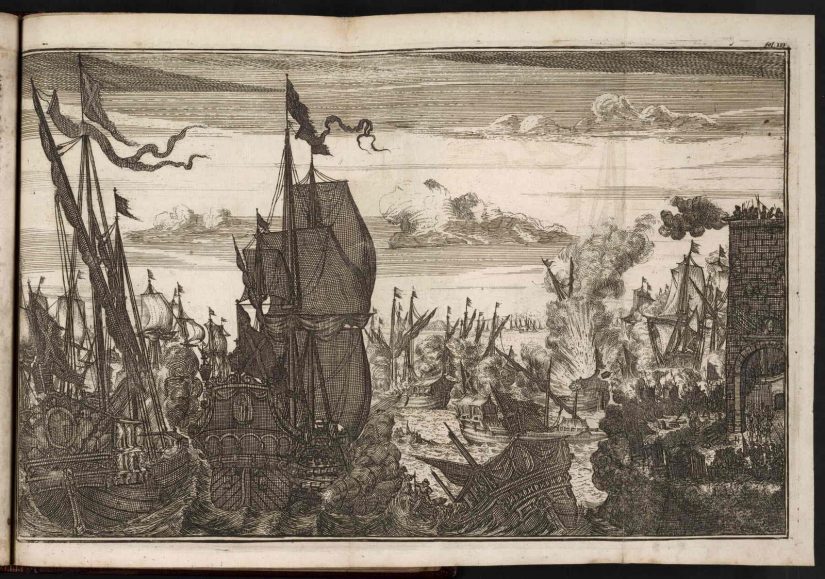
“Pieces of Eight” or Treasure, to you and me!
Turks and Caicos history and Culture is awash with tales of some of the most well-known and glamorous pirates. Anne Bonny, Blackbeard, Calico Jack and Captain Kidd have somehow crossed the line from treacherous and ruthless high-seas muggers into the realm of dashing and courageous rebels. It’s pretty certain that at some point or other, these self-serving criminals would have enjoyed some relaxation between assaults on the trade routes. Lots of wonderful anecdotes abound telling of vast quantities of pirate gold hidden in caves around TCI. A king’s ransom in treasure simply waiting for some clever or lucky individual to stumble across it.
No doubt, when you get to Providenciales, the largest of the Caicos Islands or perhaps to Grand Turk you can make some exploratory tours around the coasts of the many islands, inhabited and otherwise. Who knows, you might be the lucky person to unearth a hoard of doubloons. There might be a finder’s fee, if you’re lucky, but sadly any pirate bounty on the islands remain the ownership of the government of Turks and Caicos! So cancel that new Ferrari for now.
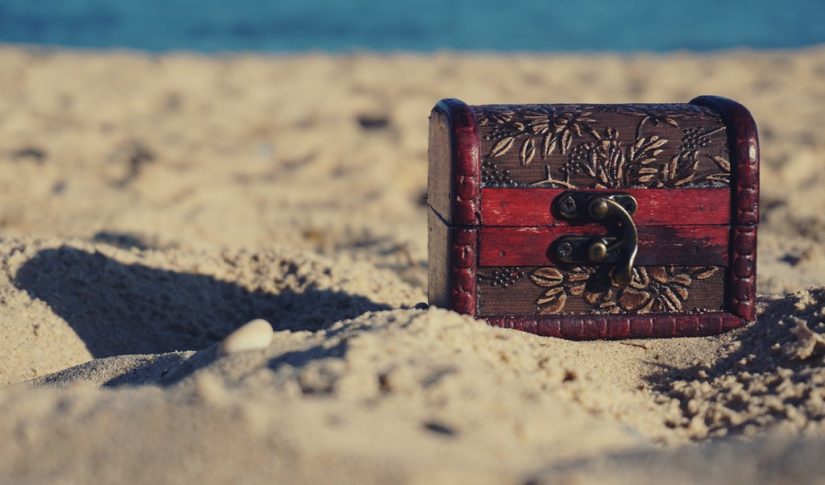
The Loyalist Refuge
The next chapter in the Turks and Caicos Islands’ history is tied to the American War of Independence that was fought 1775-1783. After the eventual defeat by the Continental Army led impressively by George Washington, large numbers of British loyalists fled mainland America and settled in the British colonial islands of the Atlantic and Caribbean. The Bahamas and TCI were key destinations for these loyalists who wished to remain under Crown rule. Initially establishing cotton plantations in the Caicos Islands, this enterprise proved to be challenging not least due to the rather arid climate conditions. The remains of one of these cotton plantations can be seen at Cheshire Hall in Providenciales.
A trip to The North Caicos will allow you to visit the Wade’s Green plantation ruin. Wade Stubbs was granted the land by King George III as compensation for losses incurred in mainland USA during the War of Independence. Wade brought slave labour over from North America and also from The Bahamas to work the plantations. The slave quarter ruins are clearly seen as well as the layout of the plantation and great house. The abolition of slavery in 1834 freed all of the slaves across the TCI and British colonies. The descendants of these men and women make up the native population of the islands today.
Turks and Caicos, Bahamas and Jamaica have all at one time been part of the British Empire. Overtime, self-government and independence has allowed each of these island nations to create their own laws and customs that are a blend of English law, Caribbean traditions with English as the first language and Queen Elizabeth as their monarch. Does it feel like an English outpost when you visit Turks and Caicos? Definitely not! The Caicos Islands particularly have that wonderful Caribbean vibe and feel so far removed from the formality of life you may find on some of the other overseas territories.
The British Legacy
Admittedly, the question is Grand Turk in The Bahamas might be asked when you look at some of the comparisons between Cockburn Town, the seat of government for TCI since 1766 and Nassau, the capital of the Bahamas. They have a great number of British street names, there are a number of “ye olde” colonial buildings dotted around the historic parts of these vibrant towns but a short drive outside of Cockburn Town and you will find yourself immersed in scenery, beaches and lifestyle that are unique to this part of the world.
I frequently use the term ‘Caribbean’ when I refer to TCI when technically these islands are not geographically part of the Caribbean at all. It is easy to consider them part of the diverse and colourful Caribbean family of islands as the cuisine, culture and laid back existence mirrors life on some of the islands further south.
20th Century History and the Birth of Tourism
The economy of the Turks and Caicos has stumbled along for centuries relying on the salt, cotton and hemp industries which barely made any significant impact on the islands. In some way, its dry and glorious climate has been the greatest impediment to agricultural prosperity. As a consequence, this Overseas Territory has been overlooked in favour of other more lush destinations. Jamaica, for instance, had the ideal climate and space to develop large sugar cane plantations that brought with them manpower in the form of indentured servants and slaves who ultimately went on to swell the populations of the island over time.
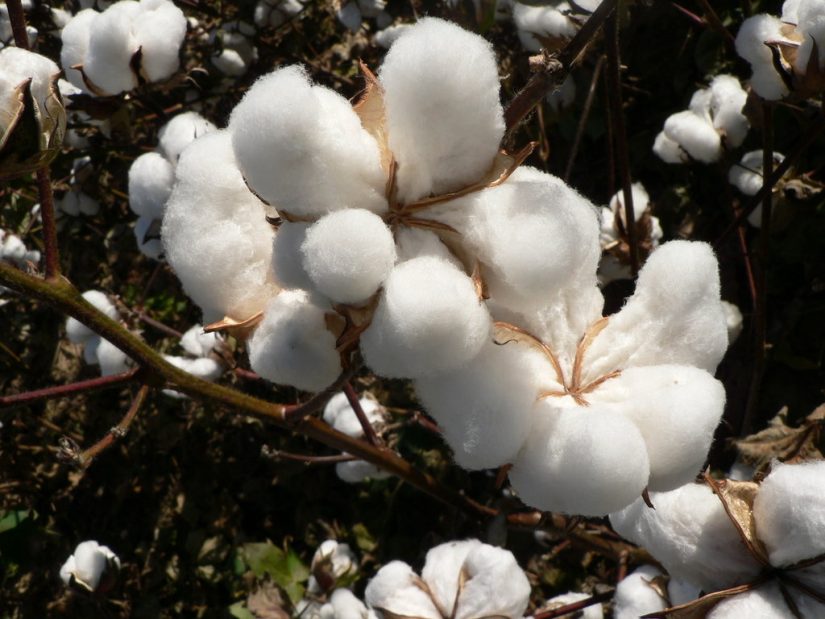
Turks and Caicos meaning little to budding colonialists, had to wait until the 1960s when some wealthy American property developers identified the exceptional and natural wonders of the archipelago. In the 1980s, the airstrip on Providenciales was extended and improved so that larger commercial aircraft could land. This opened the doorway to tourists from USA and Canada mainly. At a mere 1,000 miles from Miami, it is a very manageable flight into paradise. For more information on travelling during your stay here, then why not read our Turks and Caicos travel guide.
Making the Right Decisions
Turks and Caicos history and culture has shown true intelligence in the developments it has permitted on the islands. High-end hotel resorts, such as Parrot Cay Resort, and very attractive villas are clustered around some of the best coastlines you would find anywhere. In fact, Grace Beach is currently the holder of the Best Beach in the World title – an award that it truly deserves. With a barrier reef one mile off shore, the glorious beach unfurls along a calm, warm and turquoise sea. With the perfect weather conditions some of the best things to do in Turks and Caicos is swimming, snorkeling and all types of water sports. TCI is the go-to destination for anyone who wants to engage with nature in an active way or simply lie back in a hammock and soak it all up!
At Exceptional Villas we have always promoted the islands as one of the very best destinations for our guests to visit. Why? Well, first of all it’s one of the easiest places to get married. We’ve helped so many happy couples find their ‘happy ever after’ in some of the most luxurious Turks and Caicos Villas to be found in this corner of the globe.
As well, the low crime rates, the wide open spaces devoid of other humans, the crystal clean and clear waters that invite you – nature really puts on a show to woo the lucky visitors to this glorious paradise.
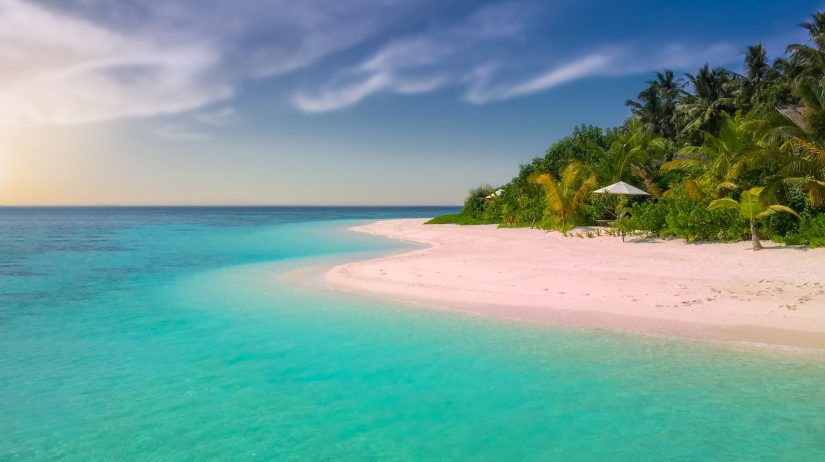
Conclusion
History has cast a long shadow across so many of the islands of the New World. This article is part of our history of the Caribbean, where we briefly look into the islands past for example, our blog based on the Jamaica Background. The legacy of invading nations, slavery and oppression can still be a faint shadow that lurks behind the sunny facade. This seems to be least true when hearing the Turks and Caicos name. The islands have avoided some of the most difficult passages of history.
The vast untouched stretches of coastline makes it feel like a newly discovered Eden with none of the unwelcome influences of the modern world. This tropical haven offers the ideal combination for a memorable vacation: lots of space, blue skies, sunshine with access to fabulous Turks and Caicos restaurants and adventures in and on the water.
There is something for everyone. There are plenty of historic points of interest to shine a light on the past. And while you are crossing that thin line between past and present you might find time to write your own name in the history book of Turks and Caicos.
About Mairead Moriarty
Born and raised in Co Kerry, lived in London, New York, San Francisco, Dublin. Owner of one very battered suitcase, a well-worn passport and a million memories.
It seems very fitting for a travel writer that my surname translates as ‘Skilled Navigator’. Apart from an occasion when, aged 3, I got lost in a Supermarket in Tralee, I have managed to live up to my name!
Curiosity is probably the driver that has sent me on magical mystery tours around the world. I want to ‘feel’ a place. I want all my senses to be engaged: from the history and geography that has influenced a country or city, the arts and achievements of its natives, anything and everything really.
Regardless of whether I am on a local train travelling through Morocco, or poking around in Marconi’s study in Bologna or on a canal boat weaving through the heart of the English countryside, the same rules apply - ask questions, talk to locals, eat what they eat, sit quietly with nature and simply be.
Assimilate as much as is possible so as to understand the soul of a place. That is my passion. That is the compass by which I navigate.


